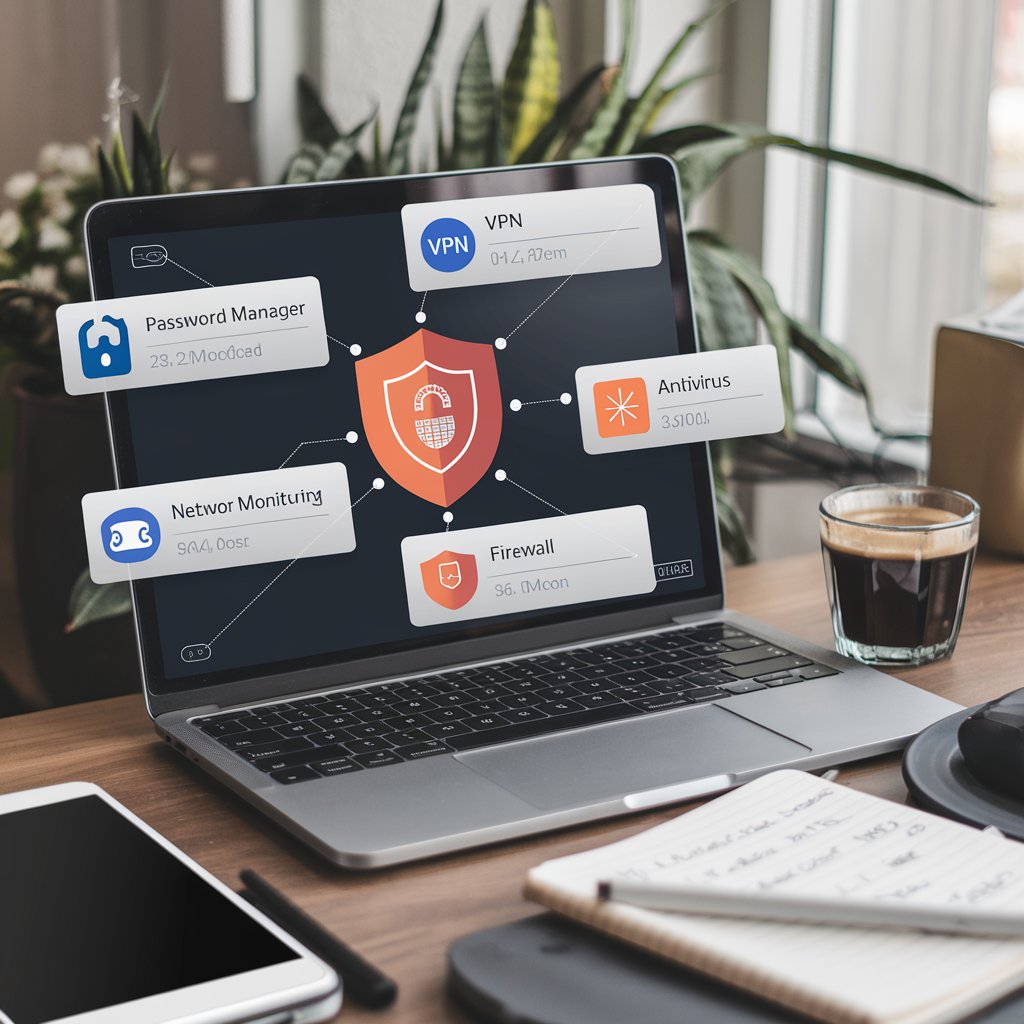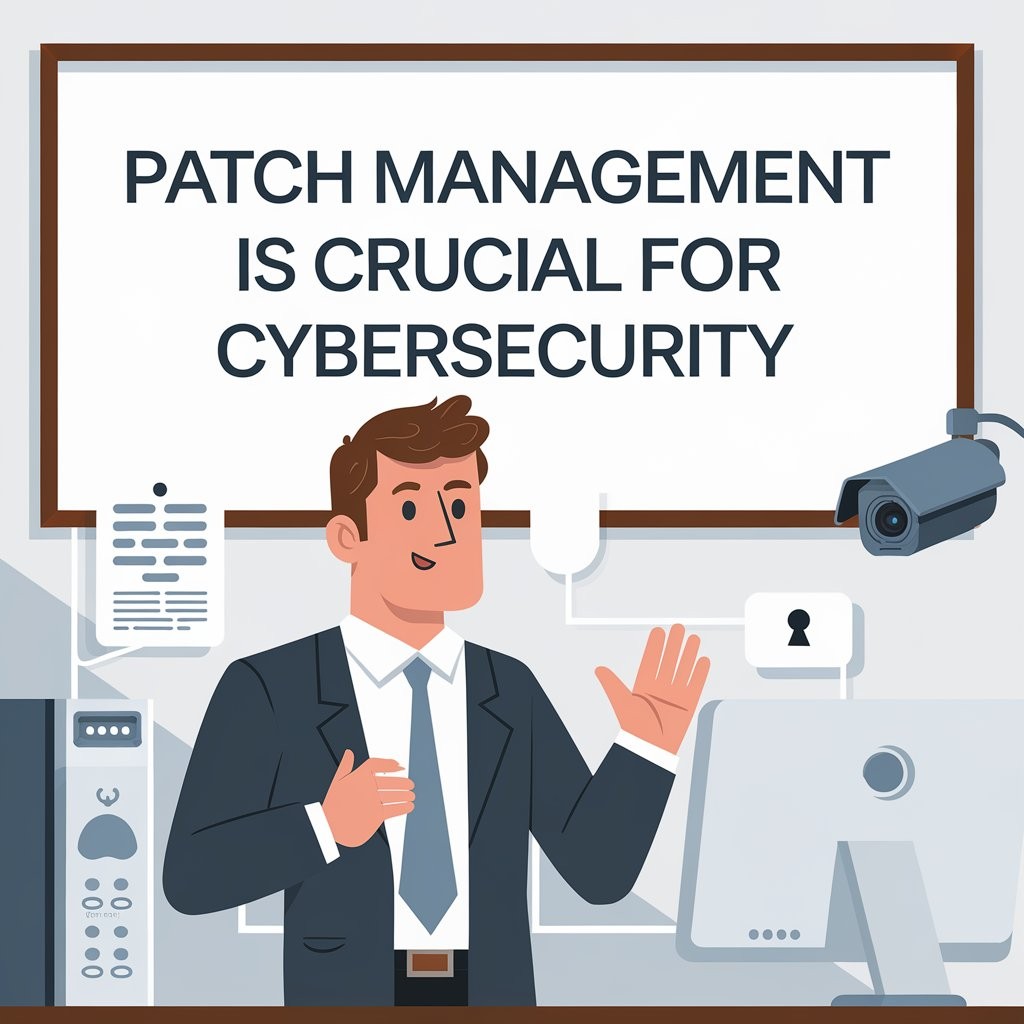UA
10 Min Read
1. Define Clear Objectives
Before starting a vulnerability scan, determine the scope and goals.
Identify which systems, networks, or applications need scanning.
Specify the purpose, such as compliance, routine checks, or after an update.
Align your objectives with your organization’s risk management strategy.
2. Choose the Right Tools
Select vulnerability scanning tools that match your environment.
Network Scanners: Ideal for assessing infrastructure vulnerabilities (e.g., Nessus, OpenVAS).
Web Application Scanners: Detect web app-specific issues (e.g., Burp Suite, Acunetix).
Cloud-Based Scanners: Address cloud security gaps (e.g., Qualys, AWS Inspector).
Evaluate tools based on ease of use, reporting features, and integration with your security stack.
3. Maintain Up-to-Date Scanning Tools
Ensure that your scanning software and vulnerability databases are current.
Update definitions regularly to identify the latest vulnerabilities.
Apply patches or updates to your tools to avoid compatibility issues.
4. Perform Regular Scans
Vulnerability scanning should be a continuous process, not a one-time activity.
Schedule scans weekly, monthly, or quarterly, depending on your organization’s needs.
Conduct scans after major changes, such as software updates, new deployments, or system upgrades.
5. Use Both Internal and External Scans
Internal Scans: Assess vulnerabilities within your internal network, focusing on insider threats or misconfigurations.
External Scans: Identify weaknesses in your network’s perimeter that are exposed to the internet.
6. Prioritize Assets Based on Risk
Not all systems are equally critical. Focus on high-value assets first.
Classify assets by their importance to business operations or their level of exposure to threats.
Prioritize remediation for vulnerabilities affecting critical assets.
7. Conduct Authenticated Scans
Authenticated scans provide deeper insights compared to unauthenticated ones.
Use valid credentials to access systems and gather more comprehensive data.
Detect vulnerabilities that require privileged access to exploit.
8. Avoid Scanning During Peak Hours
Vulnerability scans can consume significant network and system resources.
Schedule scans during off-peak hours to minimize disruption to operations.
Communicate scan schedules to relevant teams to avoid unexpected interruptions.
9. Analyze and Prioritize Vulnerabilities
Not all detected vulnerabilities pose the same level of risk.
Use a scoring system like CVSS (Common Vulnerability Scoring System) to rank vulnerabilities by severity.
Address high-risk vulnerabilities immediately and plan for medium- and low-risk ones.
10. Integrate with Patch Management
Scanning is only effective if vulnerabilities are remediated promptly.
Coordinate with your IT team to apply patches or updates identified during scans.
Track the status of remediation efforts to ensure issues are resolved.
11. Document and Report Findings
Maintain detailed records of each vulnerability scan.
Generate reports highlighting detected vulnerabilities, their risk levels, and suggested fixes.
Share findings with stakeholders, including IT and management teams, to ensure accountability.
12. Test and Validate Remediations
Verify that fixes have been implemented correctly.
Re-scan affected systems to confirm that vulnerabilities have been resolved.
Check for unintended consequences, such as new vulnerabilities introduced by the fixes.
13. Stay Compliant with Standards
Adhere to industry regulations and standards for vulnerability management.
Follow frameworks like ISO 27001, PCI DSS, or NIST Cybersecurity Framework.
Use compliance reports to demonstrate your commitment to security best practices.
14. Protect Sensitive Data During Scans
Ensure scans do not inadvertently expose sensitive data.
Use secure channels and encrypted storage for scan results.
Limit access to scan reports to authorized personnel only.
15. Incorporate Scanning into a Broader Security Strategy
Vulnerability scanning is just one piece of a comprehensive cybersecurity program.
Combine scans with penetration testing, threat monitoring, and employee training for layered security.
Regularly review and update your vulnerability management policies to adapt to new threats.

Effective vulnerability scanning is essential for maintaining a strong security posture. By defining clear objectives, using the right tools, and following these best practices, you can identify and address security gaps efficiently. Regular scans, combined with prompt remediation and strategic integration into your broader cybersecurity framework, will help protect your business from emerging threats and ensure long-term resilience. audit3aa
Join our newsletter list
Sign up to get the most recent blog articles in your email every week.
You can copy our materials only after making sure that your services are safe.
This site is protected by reCAPTCHA and the Google Privacy Policy and Terms of Service apply.










